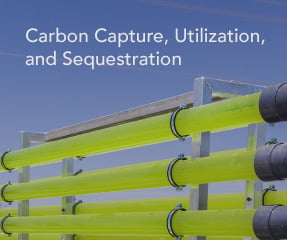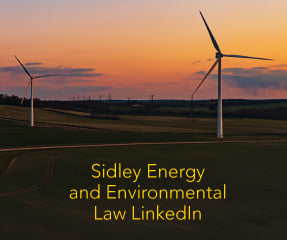Upcoming Events
Resources
Meet The Team

Samuel B. Boxerman
Washington, D.C.
Environmental and Energy Brief
Keturah A. Brown
Washington, D.C.
Environmental and Energy Brief
Grace Dickson Gerbas
Dallas
Environmental and Energy Brief
Terence T. Healey
Boston
Environmental and Energy Brief
Kenneth W. Irvin
Washington, D.C.
Environmental and Energy Brief
Christopher J. Polito
Washington, D.C.
Environmental and Energy Brief
Casey Khan
Houston
Environmental and Energy Brief
Michael L. Lisak
Chicago
Environmental and Energy Brief
Brittany A. Bolen
Washington, D.C.
Environmental and Energy Brief
Aaron L. Flyer
Washington, D.C.
Environmental and Energy Brief
Brooklyn Hildebrandt
Los Angeles
Environmental and Energy Brief
Nicole E. Noëlliste
Washington, D.C.
Environmental and Energy Brief
Hannah Posen
Chicago
Environmental and Energy Brief
Jack Raffetto
Washington, D.C.
Environmental and Energy Brief









Nothing Found
Sorry, no posts matched your criteria